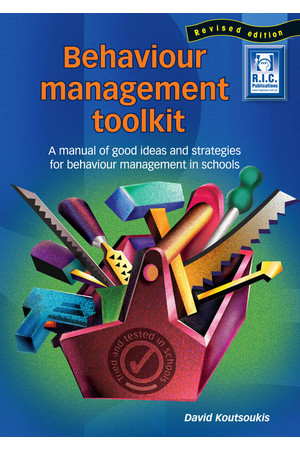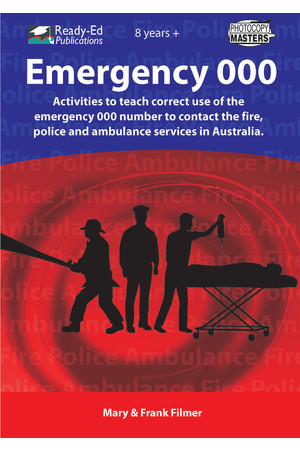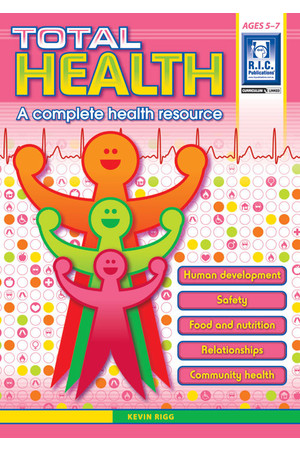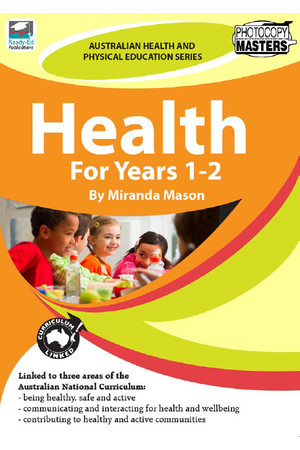School safety
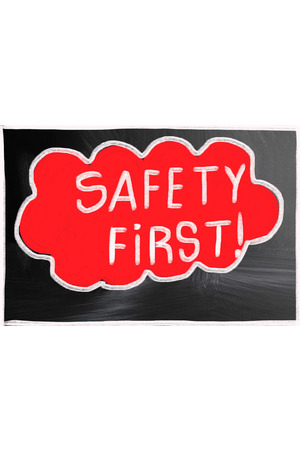
If somebody asked you to describe how you kept your students safe everyday whilst they are under your care, how many different ways could you mention? The chances are that you do more things than you first realise, as they are so engrained in your daily practice that they do not immediately seem obvious as safety precautions. The truth is that safety in schools can be taught in many forms – road safety, Internet safety, sun safety, ‘stranger’ awareness, to name a few. But what strategies are in place in your classroom and school to keep students safe?
For around six hours a day, five days a week, there are many team members around a school who work tirelessly to keep children safe. It’s not always an easy task and there will always be those inevitable small accidents – a fall, a grazed knee – no matter how hard the adults around them try. But how are these incidents minimised? Establishing routines around the classroom and school are important to ensure that students realise that they also play a part in the safety process.
Here are some of the Teacher Superstore key points for safety:
1. WALK around the classroom
Children are always bursting with energy and the temptation to charge around inside is sometimes too great to ignore. Having a discussion with your class about why it is important not to run around the school will help students reflect on the impact that this can have on others in the inside school environment.
2. Be sensible with scissors
Cutting activities are a common practice in the classroom, but do your pupils need reminding on how they should behave with scissors and how to hold them correctly? This is an ideal opportunity to discuss some ‘scissor strategies’ to avoid injuries.
3. Keep food and drink away from the computers
Most teachers would agree that stray water bottles near the computer area are never a good idea! Discuss with children the dangers of mixing water and electricity and perhaps nominate computer monitors to ensure that the area is kept clean and tidy.
4. Follow your school’s Internet safety rules
In our modern age where technology is so commonplace, it is important that pupils know the precautions they should take when using the Internet. Does your school have an up-to-date Internet Safety policy and are your students aware of whom they can talk to if they encounter any difficulties?
5. Keep the corridors clear
Backpacks and other cloakroom items left strewn in the middle of the corridor are a trip-hazard, as well as the quickest way to lose possessions. If you haven’t already done so, appoint cloakroom monitors to help keep the corridor clear and create a class ‘Lost Property’ box to avoid lengthy searches for missing items.
6. Do not stand on chairs and tables
It’s always tempting to stand on a table or chair to fix that loose object hanging from your display, or to reach up to get that book on the top shelf, but tables and chairs are definitely not the best items to balance on! Ensure that your classroom has a stepladder available for staff and lead by example to your pupils.
7. Carry heavy items with a partner
On occasions, you may need to clear a space in the classroom for an activity, which can be a chaotic affair! Ensure that children know they should only be moving heavy items, such as tables, with a partner and under the supervision of an adult. To ensure an easy operation of moving tables, organise your class into partners, so that they know whom they will be working with every time.
8. Remember to tuck your chair in
Chairs lurking out of place away from the table are another trip-hazard and also reduce the space in your classroom. Reminding children at first can be tiresome, but it will soon be a practice that is engrained in them.
9. Only enter the classroom when an adult is present
Do your students know why they should only ever be in the classroom when an adult is present? This is an ideal opportunity to reinforce the part that children play in keeping themselves safe.
10. Keep outside doors and gates closed
We all occasionally forget to do this, but remind the children it is important. With older children especially, it emphasises to them that they play a part in the safety of others in the school. These are just a few ideas that you may want to consider, but more than likely, there will be others that you will think of that are tailored to your school or classroom. Why not draw up a class ‘contract’ of agreed rules, making sure that everyone signs at the bottom of the contract to say that they agree? Addressing these rules together means that they are more likely to be remembered and everybody can work as a team to create a happy and safe school environment.
Related Products
Leave a comment
Recent Blog Posts
- Boosting Your Child's Reading Skills: Easy Intervention Strategies
- Cultivate Growth Mindset: Nurturing the Power of Effort and Perseverance
- Gamify Learning: Ignite Engagement and Motivation with Interactive Games
- Top 10 Tips for Exploring Science at Home
- Enhance Your Child's Maths Skills with Teacher Superstore's Maths Resources: A Guide for Parents
- Integrate Technology: Transforming Classrooms with Digital Tools
- Homework Help 101: Effective Tips for Parents
- Use Formative Assessments: Guiding the Student Learning Journey Through Timely Feedback
- Creating a Positive Learning Environment at Home: Tips for Parents
- Embrace Project-Based Learning: Unleashing Student Potential in a Real-World Context
View All Posts
General
Help Topics
- Browsing and Buying
- Member Benefits
- Shipping and Delivery
- International Shipping
- Payment and Billing
- Returns Policy
Legal
View All Posts


